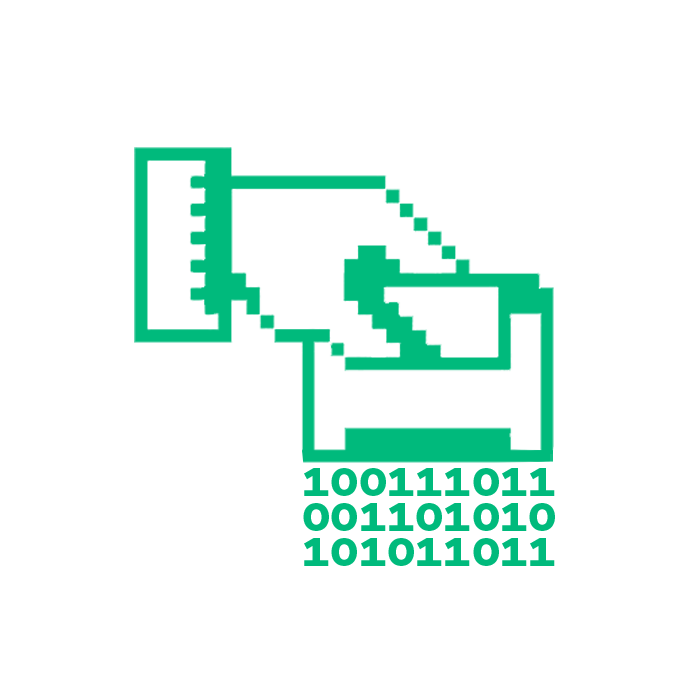
Code obfuscation is a technique used to make source code difficult to understand, primarily to protect intellectual property and hinder reverse engineering. In cybersecurity, both attackers and defenders use obfuscation—hackers employ it to conceal malware, bypass security filters, and evade detection, while developers use it to safeguard software from exploitation. Common methods include renaming variables to meaningless names, encrypting strings, altering control flow, and inserting redundant code. This creates an ongoing battle between obfuscation and de-obfuscation, where security researchers use tools like IDA Pro and Ghidra to analyze obfuscated threats while attackers continuously refine their techniques.
Code obfuscation works by modifying source code to enhance its complexity and obfuscate its understanding. Its process is to basically make source code difficult to understand, for the purpose of hindering analysis and reverse engineering. This helps improve the software's code security and protect intellectual property rights. The process involves using a combination of confusing and misleading code expressions, renaming variables and methods with nonsensical names, and introducing non-essential or redundant code.1
For example, in simple python code:
def add(a, b):
return a + b
After obfuscation, it might look like this:
def x1(a1, b2):
return (lambda x, y: x + y)(a1, b2)
You take the code of a program, and you completely over complicate it. Both programs output the same result but go about it in different ways. The second being overly complex. Here’s a link to another example of code obfuscation done by a developer, who actually won this Code Golf Contest to create the weirdest obfuscated program that prints the string “Hello world!”.
Now code obfuscation can be, and is, widely used in cybersecurity, by both the defender and attacker. Hackers can use obfuscation to hide the intent of malicious code. Say you wanted to analyze a program and reverse engineer it to see if it’s malware or not. You’d usually go about it by looking through the source code, but because of code obfuscation, its functionality isn’t completely apparent. You’d see inconsistencies in variable names and function names, redundant functions or even useless logic, all to just throw you off. Code obfuscation can also be used to bypass security filters, like intrusion detection system (IDS) or email filters. Many cryptojacking scripts and ransomware payloads are heavily obfuscated to avoid detection and removal.2
Code obfuscation can also work the other way, in favor of defense. A developer can complicate their code to the point where only they understand to, to prevent hackers from exploiting any source code or finding any exploits.
There are many ways code obfuscation can work and how it’s used. Renaming variables and functions replaces meaningful names with meaningless or misleading ones, such as changing “userData” to “a1B2C3D4”, making the code less readable. Control flow obfuscation changes the program's execution path using complex loops, conditional statements, or dummy code paths that confuse attackers while still having the same functionality. String encryption hides sensitive data like API keys and passwords by converting them into unreadable formats, decrypting them only at runtime. Dead code insertion adds redundant, non-functional code to distract and slow down reverse engineers. Control flow flattening restructures the program’s logic into disjointed, non-linear parts, making it difficult to trace the execution flow.3
There is a sort of back and forth between obfuscation and “de-obfuscation”. Cybersecurity researchers and developers continuously create and use tools to “de-obfuscate “and analyze malicious code, while hackers/attackers refine their obfuscation techniques to evade detection. Tools like IDA pro , ghidra , and hybrid machine learning assist analysts in obfuscated threats.4